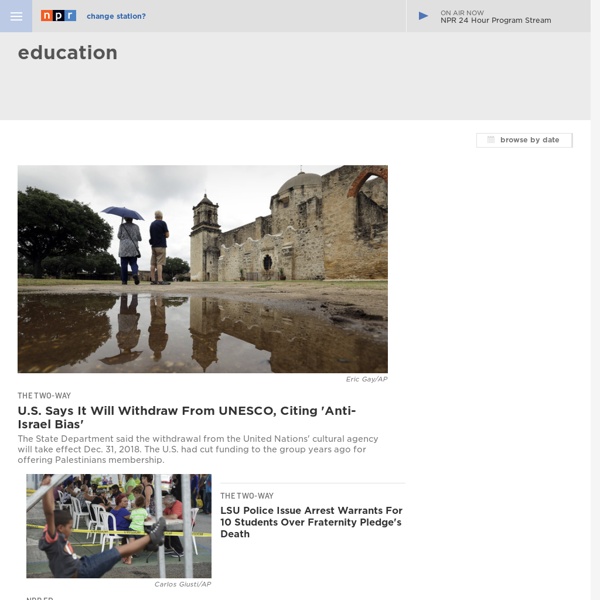



Professional organizations and resources Math Mutation Free Technology for Teachers Science apps TeacherCast Podcast Homepage If you're like most of educators, you're committed to your students and learning how you can help them achieve greatness. Sadly, the truth is, we all struggle with finding enough time to learn it all. That's exactly why I created this e-book 100 Resources that will Supercharge Your Classroom. AAAS app list Apps are the latest way to connect users to information via tablet computers and smartphones. These programs offer users the opportunity to hold science in their hands and put quality resources in science, technology, engineering, and mathematics literally at their fingertips. Science NetLinks is in the early stages of gathering and reviewing STEM-related apps for both the iPad and the Android. Please check back often as we expect to add new app-related tools on a regular basis. Filter Resources by Grade: Tools AAAS Resources Science Reader App The new Science Reader App for the iPad puts the latest news, analysis and pioneering research in your hands, wherever you go. Science Population App The Science Population app for the iPad presents a detailed look at global population growth and its impact on critical areas like lifespan, education, health, and economics. Send us feedback about this Collection >
The TechEducator Podcast If you're like most of educators, you're committed to your students and learning how you can help them achieve greatness. Sadly, the truth is, we all struggle with finding enough time to learn it all. That's exactly why I created this e-book 100 Resources that will Supercharge Your Classroom. Molecules Molecules is an application for the iPhone, iPod touch, and now iPad that allows you to view three-dimensional renderings of molecules and manipulate them using your fingers. You can rotate the molecules by moving your finger across the display, zoom in or out by using two-finger pinch gestures, or pan the molecule by moving two fingers across the screen at once. The combination of the iPhone, iPod touch, and iPad's unique multitouch input system and the built-in OpenGL ES 3-D graphics capabilities enable you to feel like you are manipulating the molecules themselves with your fingers. New molecules can be downloaded from the RCSB Protein Data Bank ( an international repository of biological molecules and their 3-D structures, or NCBI's PubChem, a public database of compounds. Custom molecule structures can also be downloaded to the device from any publicly available web server. Molecules is free and its source code is available under the BSD license.
Podcasts for Teachers Nick Jaworski , Former Edutopia Intern (Social Media) & Music Educator Posted 03/17/2015 3:58PM | Last Commented 03/30/2015 3:24AM While “podcast” may feel like a dated term, we find ourselves in the middle of a podcast renaissance. Way back in 2013 (before everyone listened to Serial), Apple announced that there were over 250,000 podcasts, 8 million individual episodes, and that there had been over one billion podcast subscriptions through iTunes alone. Why should I listen to podcasts? Because you can take them with you anywhere. Podcasting is perfect for the following situations: Driving to work Working out Folding laundry Cooking dinner Cleaning your classroom Basically, with the portability that our smartphones offer us, you can listen to a podcast at almost any time. How do I listen to podcasts? If you have an iPhone, you already have a dedicated app for listening to podcasts - it’s called “Podcasts”. Podcasts for Teachers Sometimes, iTunes search results can be a bit wonky. EduAllStars
STEM Education Coalition News & articles About flipping